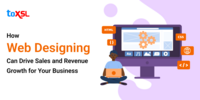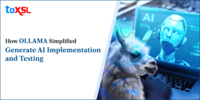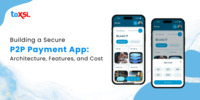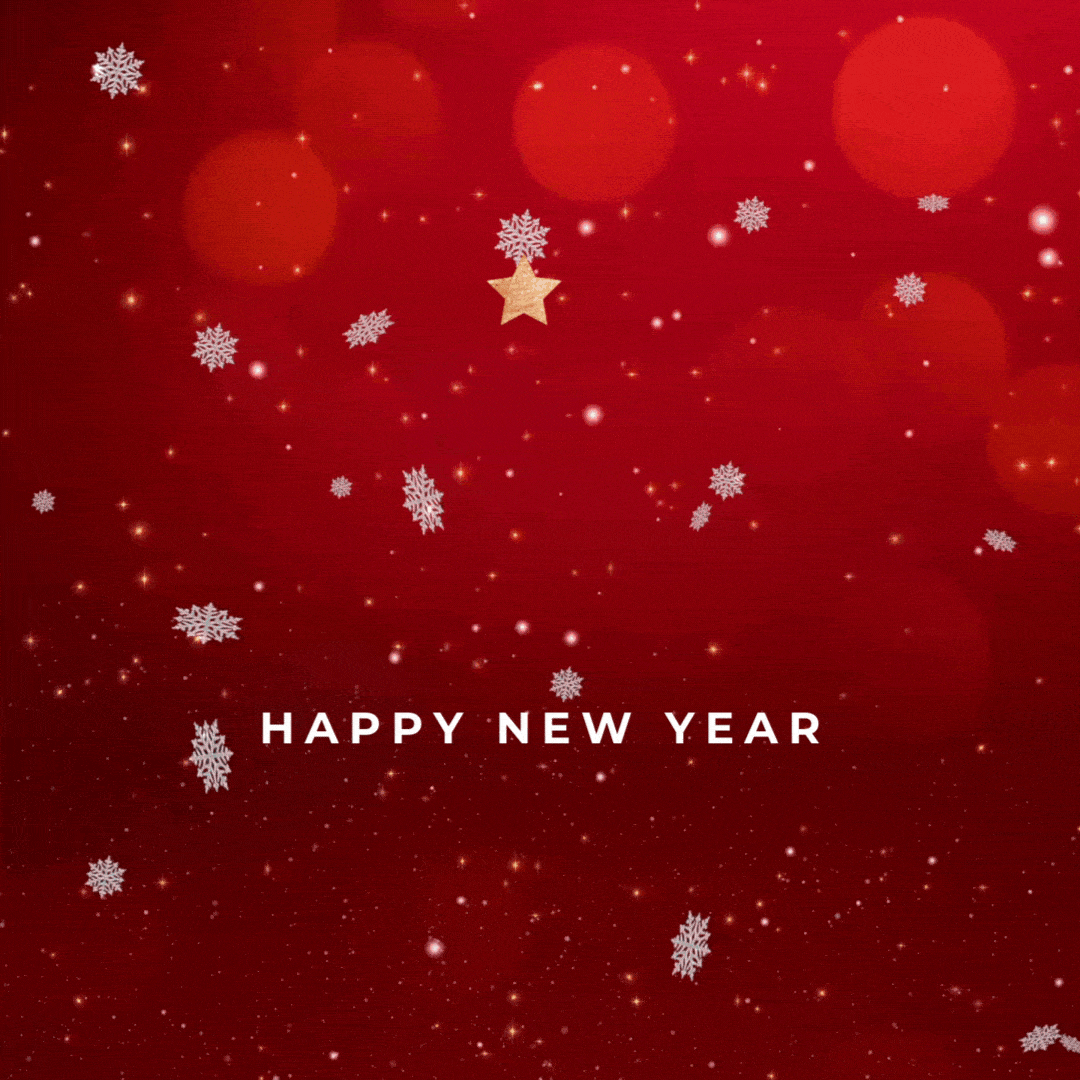- Sep 19, 2025
Share this post on:
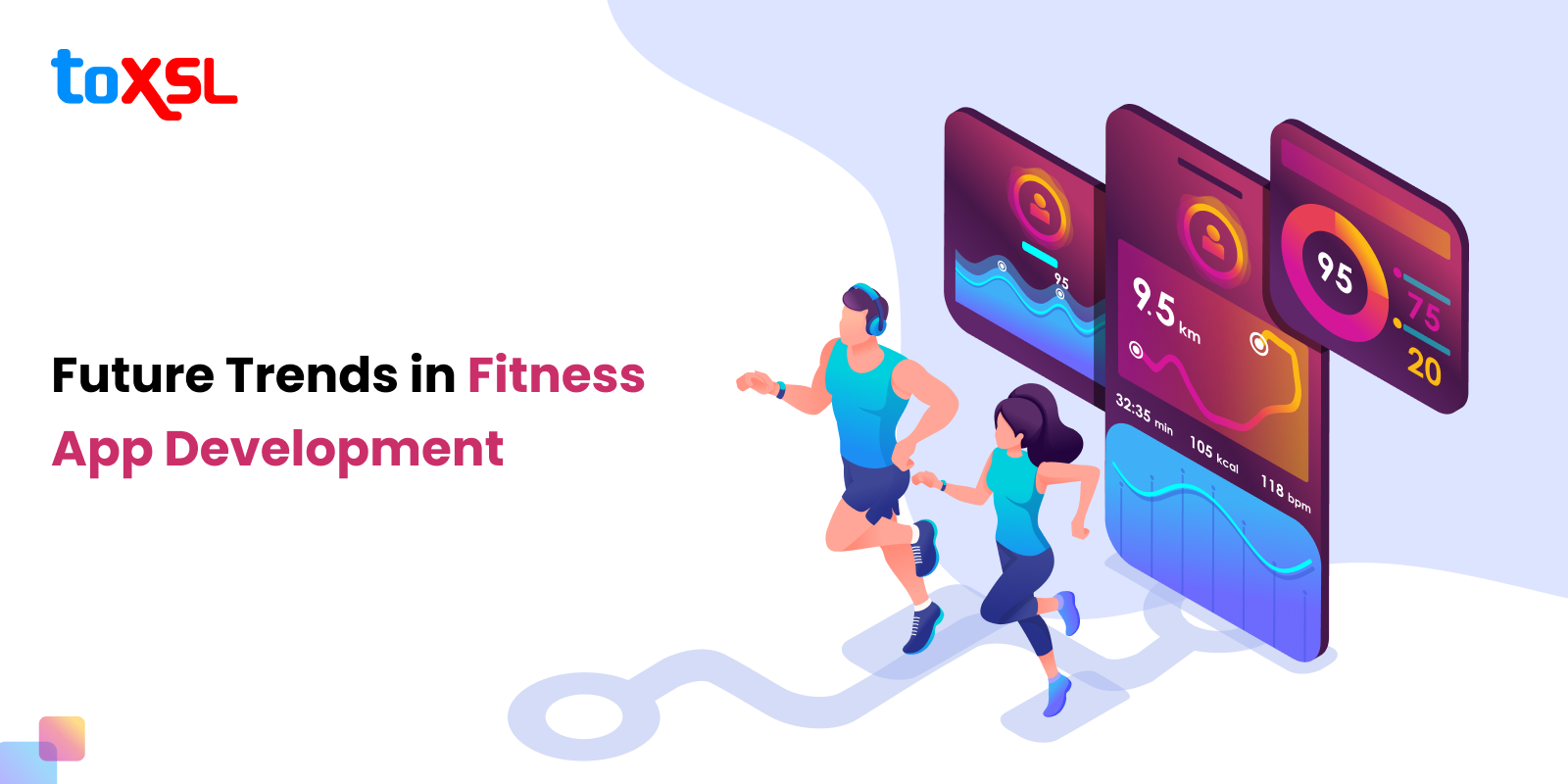
In today’s fast-paced world, fitness apps have become essential tools for millions aiming to maintain a healthy lifestyle. As technology evolves, fitness app development is experiencing rapid innovation, particularly through the integration of artificial intelligence (AI), machine learning, and data analytics. If you’re curious about the future trends in fitness app development, this blog will guide you through the emerging technologies and features reshaping the industry, helping developers and businesses stay ahead of the curve.
Why Fitness Apps Are More Important Than Ever
With increasing awareness of health and wellness, fitness apps have surged in popularity. From tracking workouts and nutrition to providing personalized coaching, these apps empower users to take control of their fitness journey anytime, anywhere. The global fitness app market is projected to continue growing exponentially, fueled by technological advancements and shifting consumer preferences.
Key Trends Shaping the Future of Fitness App Development
1. AI-Powered Personalized Workouts and Coaching
Artificial Intelligence (AI) is transforming fitness apps by providing highly personalized workout plans tailored to users’ goals, fitness levels, and preferences. AI algorithms analyze user data—such as past workouts, biometrics, and lifestyle habits—to create adaptive workout routines that evolve with progress.
Benefits of AI in fitness apps:
Custom exercise recommendations based on real-time performance.
Virtual personal trainers that offer motivation and guidance.
Adaptive difficulty levels to prevent plateaus and injuries.
2. Integration of Wearable Devices and IoT for fitness app users.
Wearables like smartwatches, fitness bands, and heart rate monitors provide continuous health data, enabling fitness apps to deliver real-time insights. The Internet of Things (IoT) connects these devices seamlessly to fitness platforms, creating a comprehensive health ecosystem.
Trending features include:
Continuous tracking of heart rate, sleep, and calories burned.
Automatic sync with app dashboards for easy progress monitoring.
Enhanced accuracy in workout and health data collection.
3. Virtual Reality (VR) and Augmented Reality (AR) Experiences
VR and AR technologies are making workouts immersive and engaging by simulating real-world environments or overlaying digital elements on physical spaces. Fitness apps leveraging these technologies can offer virtual gym classes, interactive training sessions, and gamified exercise routines.
Impact on user experience:
Increased motivation through interactive workouts.
Social workout environments via VR.
Real-time AR feedback for posture and form correction.
4. Mental Health and Mindfulness Integration
Future fitness apps are evolving beyond physical health to address mental well-being. Incorporating features like guided meditation, stress management, and sleep tracking supports a holistic approach to fitness.
Why this matters:
Mental health directly affects physical performance.
Users seek apps offering wellness solutions beyond workouts.
AI can personalize mindfulness sessions based on mood tracking.
5. Social Features and Community Building
Social connectivity remains a powerful motivator for fitness app users. Future trends emphasize creating virtual communities, challenges, and leader boards to enhance user engagement and retention.
Popular social features:
Peer support groups and workout challenges.
Integration with social media for sharing achievements.
Collaborative fitness goals with friends or trainers.
6. Enhanced Data Security and Privacy
As fitness apps collect sensitive health data, future developments focus heavily on data security and user privacy. Compliance with regulations like GDPR and HIPAA will be paramount to gaining user trust.
Best practices include:
End-to-end encryption of user data.
Transparent privacy policies.
User control over data sharing preferences.
7. AI-Driven Nutrition and Diet Planning
AI’s role in nutrition is expanding with apps offering smart diet recommendations based on user goals, dietary restrictions, and health conditions. Machine learning models analyze food intake patterns and suggest meal plans or recipes accordingly.
Key features:
Automated calorie and nutrient tracking.
Personalized meal suggestions.
Integration with grocery delivery services
The Role of AI in Shaping the Future of Fitness Apps
Artificial Intelligence (AI) is rapidly becoming the cornerstone of innovation in the fitness app development space. Its ability to analyze vast amounts of user data and provide personalized, adaptive experiences is revolutionizing how users engage with their fitness journeys. Unlike traditional static workout plans, AI-powered fitness apps deliver dynamic and tailored solutions that evolve in real-time based on individual performance, preferences, and health metrics.
Here’s a deeper look at how AI technologies are shaping the future of fitness apps:
1. Predictive Injury Prevention through Movement Analysis
One of the most promising AI-driven advancements is predictive injury prevention. Using machine learning and computer vision, fitness apps can analyze users’ movement patterns during workouts, identifying improper form or signs of strain that may lead to injury. By providing instant feedback and corrective suggestions, these apps help users avoid common pitfalls such as muscle strains or joint stress, which is a major breakthrough in user safety.
This proactive approach not only enhances user confidence but also fosters long-term adherence to fitness routines, reducing downtime caused by injuries.
2. Voice-Activated Coaching for Hands-Free Guidance
AI-powered voice recognition is enabling hands-free coaching, allowing users to receive workout instructions, track progress, and adjust routines without interrupting their flow. This voice interface acts like a personal trainer, offering real-time encouragement, tips, and modifications based on user commands or performance data.
For example, a user can say, “Increase intensity,” or “Show me a modification,” and the AI coach instantly adapts the workout. This feature is especially useful during high-intensity exercises or when users have limited screen access.
3. Emotion Recognition to Personalize Workouts
Another cutting-edge AI application is emotion recognition, where the app interprets the user’s mood through voice tone analysis, facial recognition, or interaction patterns. By understanding emotional states such as stress, fatigue, or motivation levels, the app can tailor workouts accordingly—offering gentler sessions on low-energy days or more intense routines when the user feels energized.
This level of emotional intelligence in fitness apps enhances user satisfaction and encourages consistent engagement by respecting the user's mental and physical state.
4. Advanced Biometric Analysis for Ultra-Precise Health Tracking
AI-driven biometric analysis goes beyond basic tracking by integrating data from wearables, smartphones, and even smart clothing to monitor vital signs such as heart rate variability, oxygen saturation, and muscle activation in real-time. Leveraging deep learning algorithms, fitness apps can detect subtle changes in health markers, offering early warnings about overtraining, dehydration, or potential illness.
This granular insight allows users to optimize recovery times and adjust training loads intelligently, maximizing fitness gains while minimizing health risks.
5. AI-Powered Nutrition and Lifestyle Recommendations
Many future-focused fitness apps combine AI with nutritional science to offer comprehensive wellness solutions. By analyzing dietary habits, activity levels, and metabolic data, AI can generate personalized meal plans, hydration reminders, and lifestyle adjustments that complement the fitness routine. This holistic approach aligns nutrition and exercise, helping users reach their health goals more effectively.
6. Smart Goal Setting and Progress Prediction
AI can assist users in setting realistic, achievable fitness goals by analyzing historical data and comparing it with similar user profiles. Using predictive analytics, apps forecast progress timelines, provide motivational nudges, and suggest adaptive goals, ensuring users stay challenged yet motivated.
Why AI-Driven Fitness Apps Matter for the User Experience
These AI advancements are not just technical upgrades—they fundamentally transform the user experience by making fitness accessible, personalized, and safer. They allow apps to act as intelligent partners, offering expert-level guidance that adapts with each workout session. For developers and businesses, incorporating AI enhances app value, increases user retention, and positions their products at the forefront of the highly competitive fitness app market.
As AI continues to evolve, we can expect fitness apps to become even more intuitive, anticipatory, and integrative—blending seamlessly into users’ lives to promote sustained health and wellness.
Understanding the Cost of Fitness App Development
When planning to build a cutting-edge fitness app, understanding the cost of fitness app development is crucial. The total investment can vary widely depending on features, technologies, and platforms you choose to implement. Here’s a breakdown of the key factors that influence development costs and what you can expect when integrating future-focused features like AI, wearables, and VR/AR.
1. Core Features and Complexity
The complexity and number of features significantly affect development costs. Basic apps with standard features like workout tracking, timers, and simple user profiles will cost less than apps incorporating advanced AI-powered personalized coaching, real-time biometric monitoring, or social community features.
Simple fitness apps typically cost between $5,000 and $12,000.
Medium-complexity apps with some AI integration and wearable sync can range from $15,000 to $25,000.
High-end apps with full AI customization, VR/AR integration, and multi-device support may exceed $30,000 or more.
2. AI and Machine Learning Integration
Implementing AI algorithms for personalized workouts, injury prediction, or nutrition planning requires skilled data scientists and developers. This adds to development time and cost due to the need for data training, testing, and continuous improvement.
AI feature development can add 20-40% to your overall budget depending on complexity.
3. Wearable and IoT Device Integration
Seamless syncing with wearable devices (smartwatches, fitness bands) and IoT gadgets demands additional development effort for APIs and device compatibility testing.
Expect to allocate 10-15% of your budget for this integration.
4. VR and AR Features
Incorporating virtual reality (VR) or augmented reality (AR) for immersive workouts requires specialized 3D development and testing, which is resource-intensive.
VR/AR features typically increase development costs by 30-50%, depending on scope
5. Platform Choice: iOS, Android, or Both
Building for a single platform reduces costs but limits your audience. Developing for both iOS and Android often requires more time and budget but maximizes reach.
Cross-platform frameworks like Flutter or React Native can reduce costs and speed development but may limit access to some device-specific features.
6. Post-Launch Costs
Remember to budget for ongoing costs including:
App maintenance and updates to keep up with new OS versions and security patches.
Cloud services and data storage, especially with AI and wearable data.
Marketing and user acquisition to grow your user base.
Customer support to enhance user satisfaction.
Conclusion
The future of fitness app development is exciting and dynamic, with AI and other cutting-edge technologies driving unprecedented innovation. By embracing personalized AI coaching, wearable integration, immersive experiences, and holistic wellness features, developers can create apps that truly transform how people approach health and fitness.
If you’re looking to develop a fitness app or upgrade your existing platform, keeping these trends in mind will help you deliver exceptional value and stay competitive in the ever-growing fitness tech market.
Frequently Asked Questions (FAQ) About Future Trends in Fitness App Development
1. What are the top future trends in fitness app development?
The top future trends include AI-powered personalized workouts, integration with wearable devices and IoT, immersive VR and AR fitness experiences, mental health and mindfulness features, social community building, enhanced data security and privacy, and AI-driven nutrition and diet planning.
2. How is AI changing fitness app development?
AI is revolutionizing fitness apps by enabling personalized coaching, predictive injury prevention, voice-activated training, and emotion recognition. It helps apps adapt workouts in real-time based on user performance, mood, and biometric data for a tailored fitness experience.
3. Why is wearable device integration important for fitness apps?
Wearables like smartwatches and fitness trackers provide continuous, accurate health data (heart rate, sleep patterns, calories burned), which fitness apps use to deliver real-time insights and personalized recommendations. Integration with IoT devices ensures seamless syncing and improved user engagement.
4. Can fitness apps support mental health and mindfulness?
Yes, many next-generation fitness apps now include mindfulness integration with features such as guided meditation, stress management tools, and sleep tracking to promote holistic health, recognizing the strong connection between mental well-being and physical fitness.
5. How do fitness apps ensure data security and privacy?
Fitness apps implement strict measures such as end-to-end encryption, compliance with regulations like GDPR and HIPAA, transparent privacy policies, and user controls over data sharing to protect sensitive health information.
6. What role does AI play in nutrition planning within fitness apps?
AI analyzes dietary habits, health goals, and biometric data to create personalized meal plans, offer smart calorie and nutrient tracking, and sometimes integrate with grocery delivery services to support users’ overall wellness alongside their fitness routines.
7. Are virtual reality (VR) and augmented reality (AR) widely used in fitness apps?
While still emerging, VR and AR are gaining traction for creating immersive workout experiences, such as virtual gym classes and gamified exercises, which increase motivation and engagement by making workouts more interactive and fun.
8. How can developers leverage these future trends in their fitness apps?
Developers should incorporate AI and machine learning, ensure wearable and IoT device integration, explore VR and AR features, include mental health tools, build social community functionalities, prioritize data security, and offer AI-powered nutrition planning to create cutting-edge, user-centric fitness apps.


